
helping to enable garment circularity
It is estimated that a very small percentage of garments get recycled
Ever wondered where garments end up at the end of their life? For most of them, it is in landfills or incineration. Only less than 1% end up getting recycled into new clothes.* One of the challenges in recycling clothing is that many different materials, including accessories, are used. This makes it extremely difficult for them to be recycled as existing textile recycling systems cannot handle mixed materials.
Therefore, there is a growing need to design clothing made with the same type of material, making them easier to recycle. Since fasteners are produced using various types of materials such as metals, resins, and fibers, they can be a hindrance to recycling until now.
*Ellen MacArthur Foundation, A new textiles economy: Redesigning fashion’s future (2017).
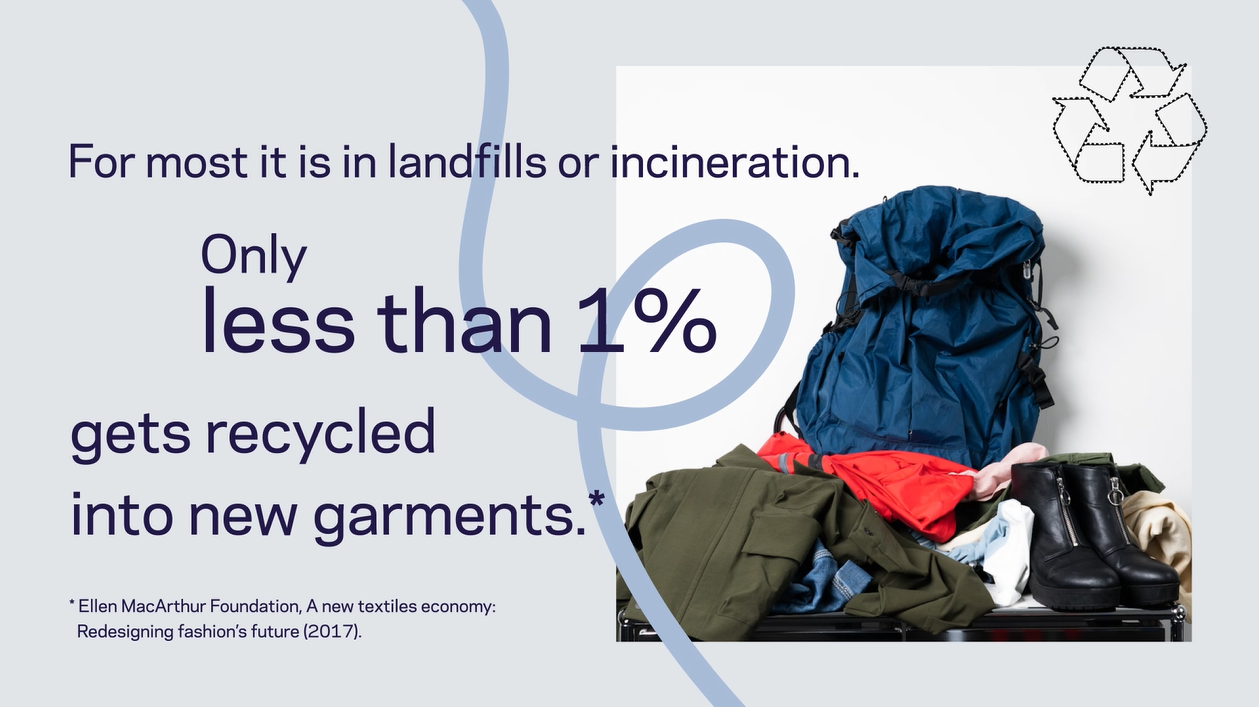
As a zipper manufacturer, YKK wants to contribute to the realization of fiber-to-fiber recycling
To help address the challenges that zippers can present to garment recycling, YKK has taken the beginning steps. The NATULON Plus® zipper with Recycled PET open parts is made with as much PET material as possible without sacrificing strength or durability. By making a zipper from the same material as is used in the majority of clothing today, we are helping to enable the recycling of those garments at the end of their life.
-4%20(2).png)
We have developed our own PET material to enable recyclability.
While polyester is a wonderful material, in many ways there are challenges when using it for certain applications such as injection molding. To overcome these technical challenges and to create a product that meets YKK’s standards for strength, we needed to create our own specialized PET material. This material allows us to injection mold open parts of zippers, key components of zippers ensuring that the entire zipper chain is compatible with recycling systems.
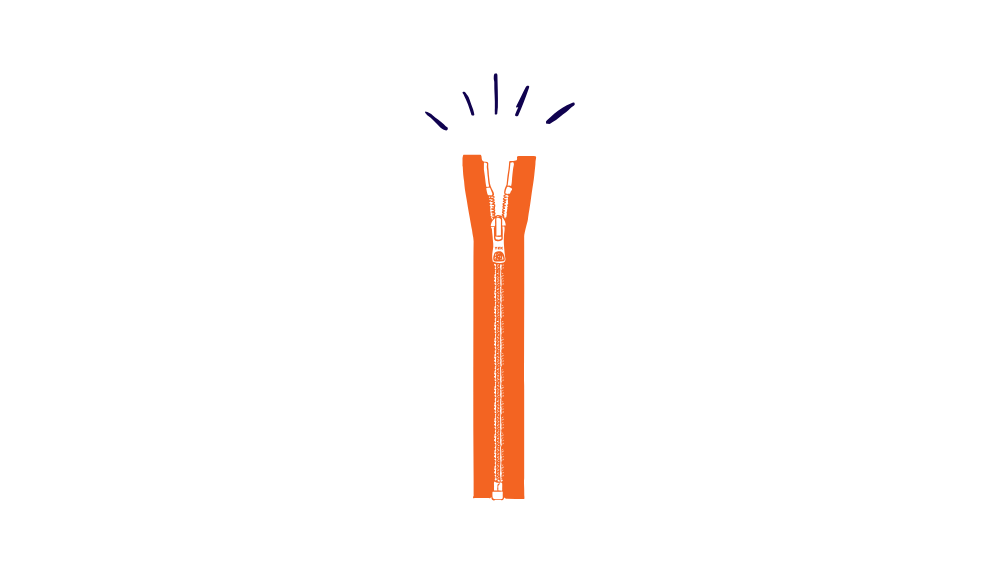
appeal point 1

Contributes to the ease of recycling of polyester garments
The majority of the zipper components are made of polyester materials.*1
*1 The slider is made of metal, and the film is made of PBT-based material.
appeal point 2
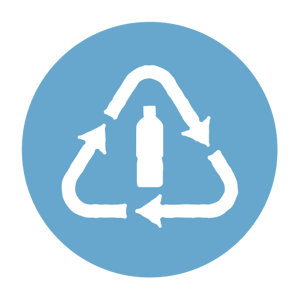
Made with recycled materials
We use recycled PET for many parts.
appeal point 3
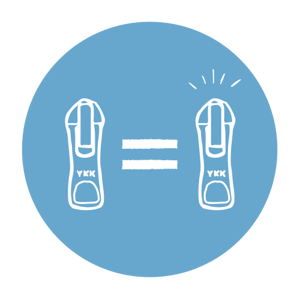
Emphasis on durability with the use of metal sliders
The slider is made of metal for strength and long-term durability. Since the sliders are made of metal, they are also easy for recyclers to sort. We believe keeping the final product operating as long as possible is as important as making it easy to recycle.
Item variations
-3%20(1).png?width=1080&height=1080&name=NATULON%20Plus%20PET_zipper%20(1)-3%20(1).png)
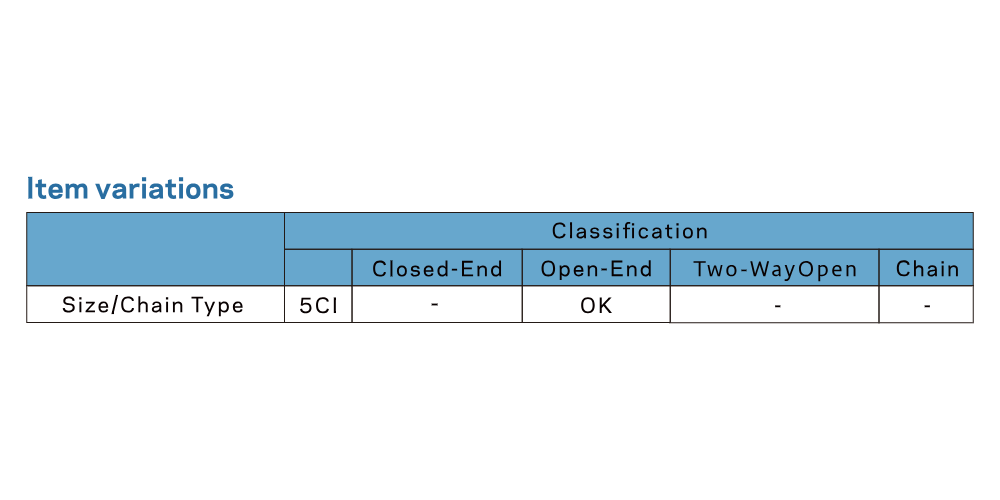
circularity
YKK's circular products are designed to be reused or recycled to help keep valuable resources in use.
Breaking the conventional “take, make, waste” linear economic system these recycling-oriented products can be reused or remade into new products keeping valuable resources in use.
These circular products not only conserves limited resources, but also reduce CO2 emissions and energy use.

VISLON® NATULON® made with ECONYL® Regenerated Nylon
YKK’s expertise in the development of innovative products translates here into the design of a zipper to support the circular economy.
This VISLON® NATULON® zipper made with ECONYL® regenerated nylon is developed for use in nylon garments to be recycled back into its base material.

The items are made of at least 98% recycled nylon ECONYL® and belong to the new era. The goal of circular fashion is to ensure that clothes are made from safe and renewable materials, new business models increase their use, and old clothes are transformed into new ones.

The DynaPel® zipper has a high level of water repellency with a durable water repellent (DWR) chemistry and processable in recycling systems.

The TouchLink® zipper puller incorporates an NFC chip in the puller that seamlessly connects to the Internet. The TouchLink® puller offers limitless possibilities, depending on your imagination.
